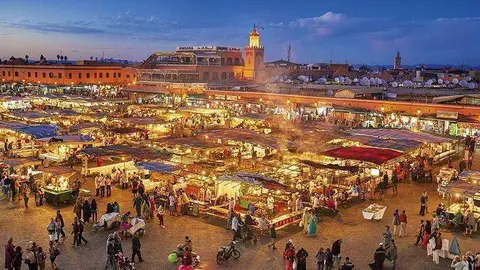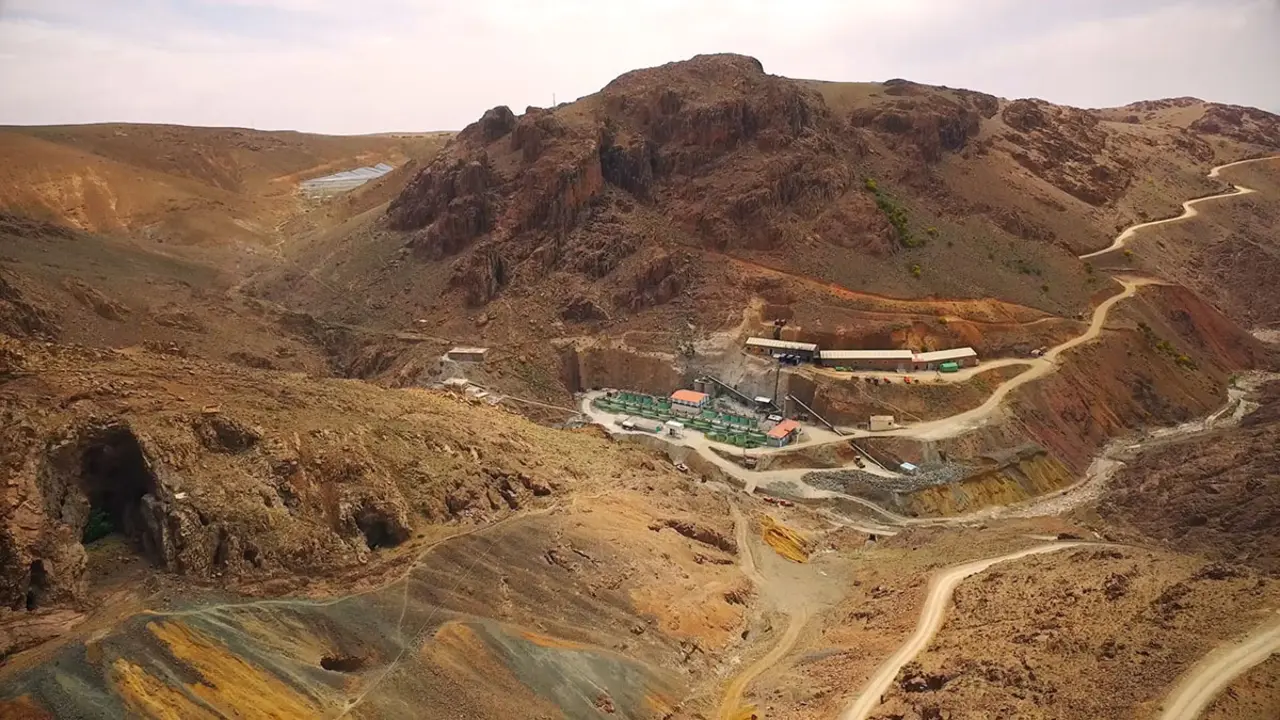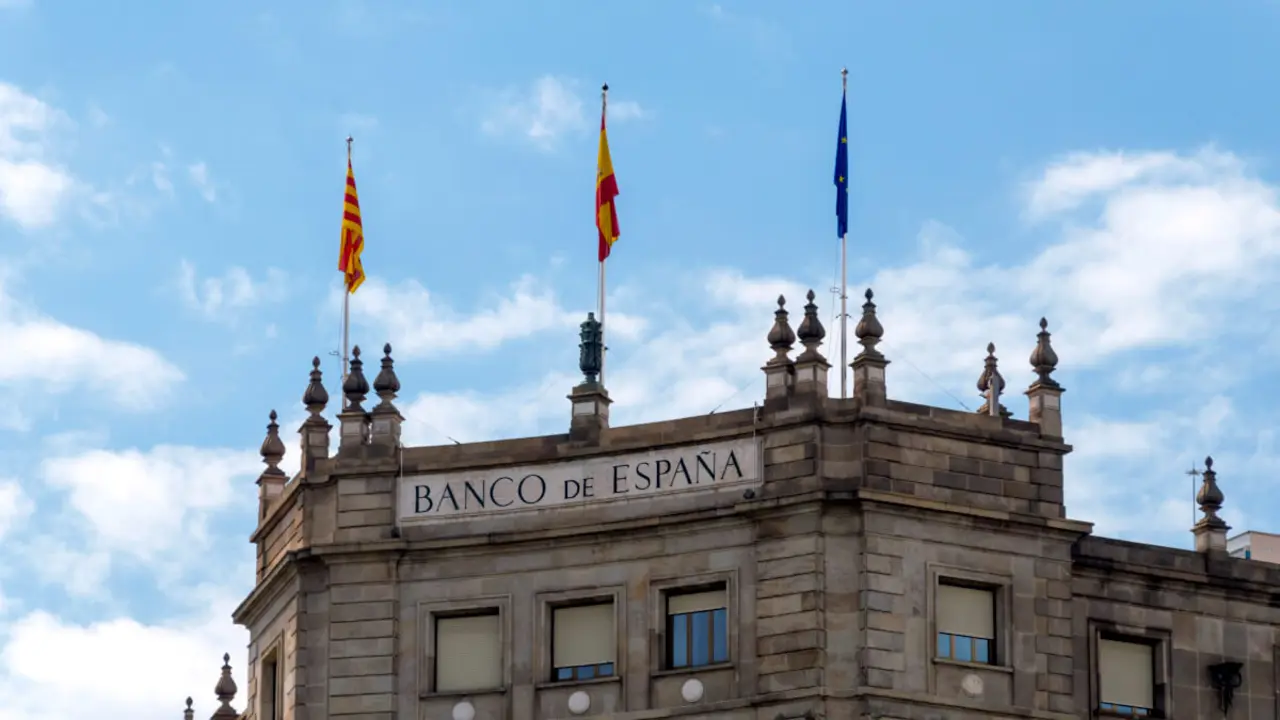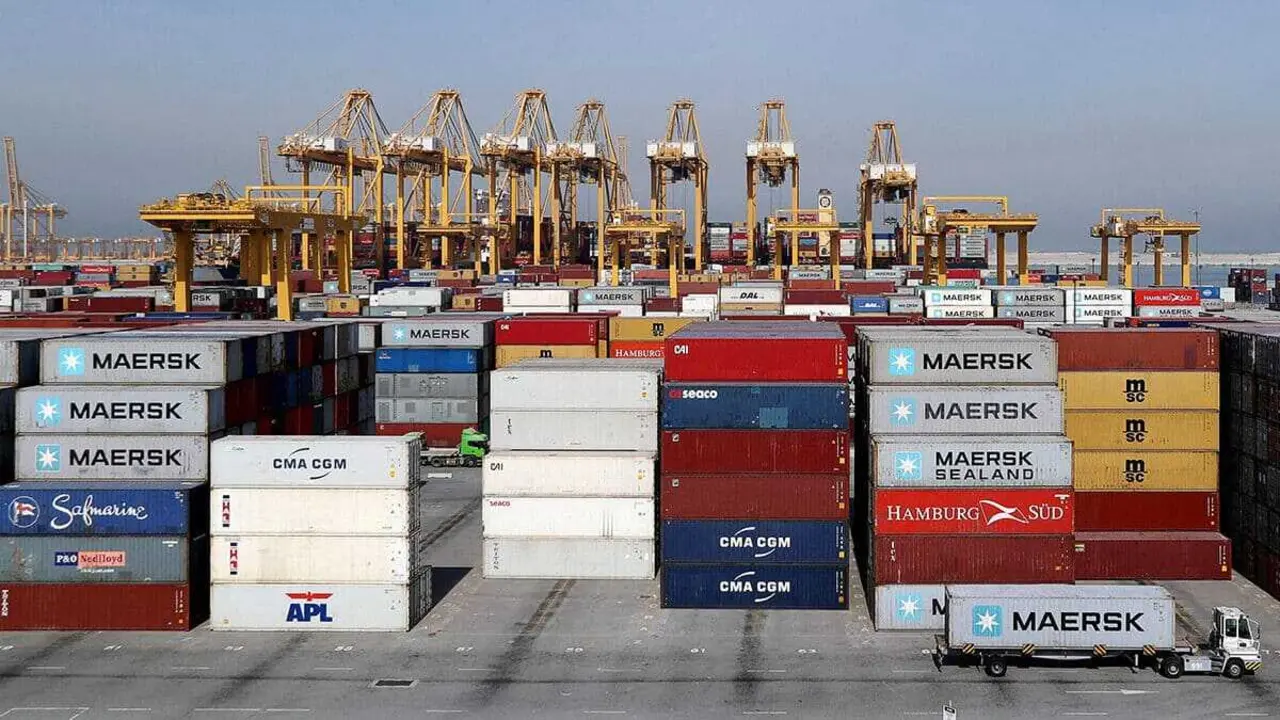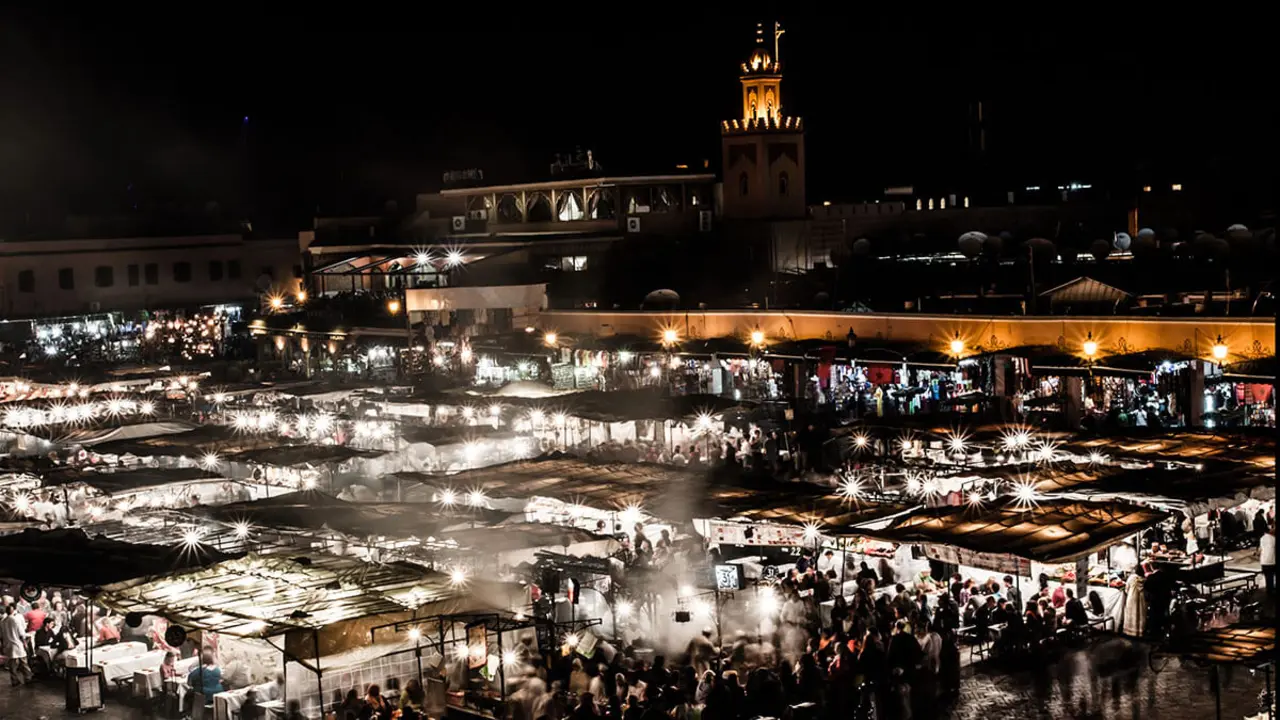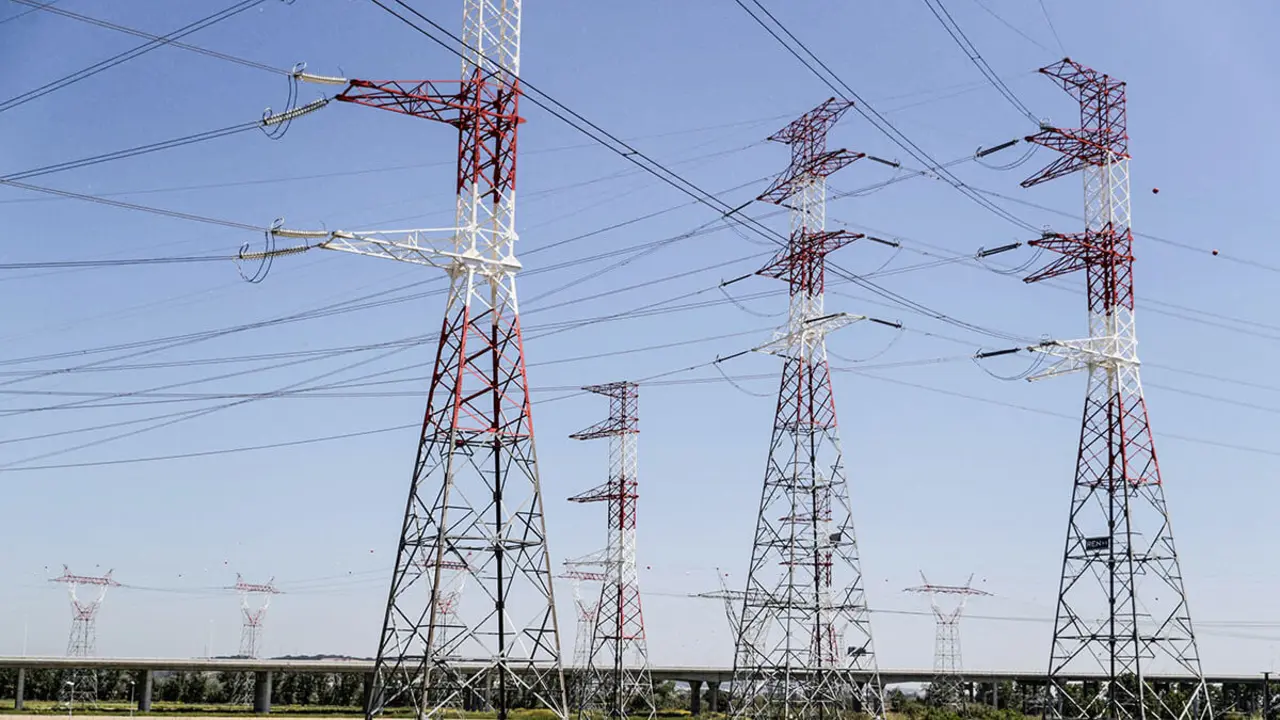Moroccan economy: what you need to know from the 2022 annual report on Moroccan foreign trade

Published at the beginning of August 2023, this report complements the other official annual reports already published. The annual report on Morocco's foreign trade for the year 2022 provides a comprehensive overview of the country's economic situation, balance of payments and international investment position. The results show significant trends in various key areas of the national economy, despite the various crises of recent years.
According to the report, Morocco's trade transactions with the rest of the world stood at 1,166 billion dirhams (DH billion) in 2022. This growth is driven jointly by imports and exports, which will increase by 39.5 % and 30.1 % respectively in 2022. The dependency ratio, which represents the average of imports and exports in relation to GDP, will be 42.8 % in 2022.
Energy imports drive the Moroccan economy
The overall rise in imports is attributable to purchases of energy products, but also of semi-finished products and foodstuffs. Energy imports, driven by gas-oil and fuel-oil, account for more than 75.7 % of the increase, reaching DH153.2 billion in 2022, compared with DH75.8 billion in 2021.
Imports of semi-finished products, driven by ammonia, plastics and chemical products, rose by 46.5 %, while imports of food products grew by 44.9 %, mainly as a result of increases in imports of wheat, barley and raw or refined sugar.

Phosphate and its derivatives, the leading export sector
With a growth of 43.9 % in 2022, phosphate and its derivatives are Morocco's leading export sector, overtaking even the automotive sector. Phosphate exports alone account for a third of the increase in overall exports.
The automotive sector ranks second in exports. Foreign sales in this sector were 33 % higher in 2022 than in 2021, at DH27.6 billion. Exports from the construction ecosystem (+40 %) and the wiring ecosystem (+28.9 %) are behind this increase.
Exports in the agriculture and agri-food sector are also on the rise (+19.1 %), thanks to increased sales by the food industry (+19.8 %) and agriculture, forestry and hunting (+17.9 %).
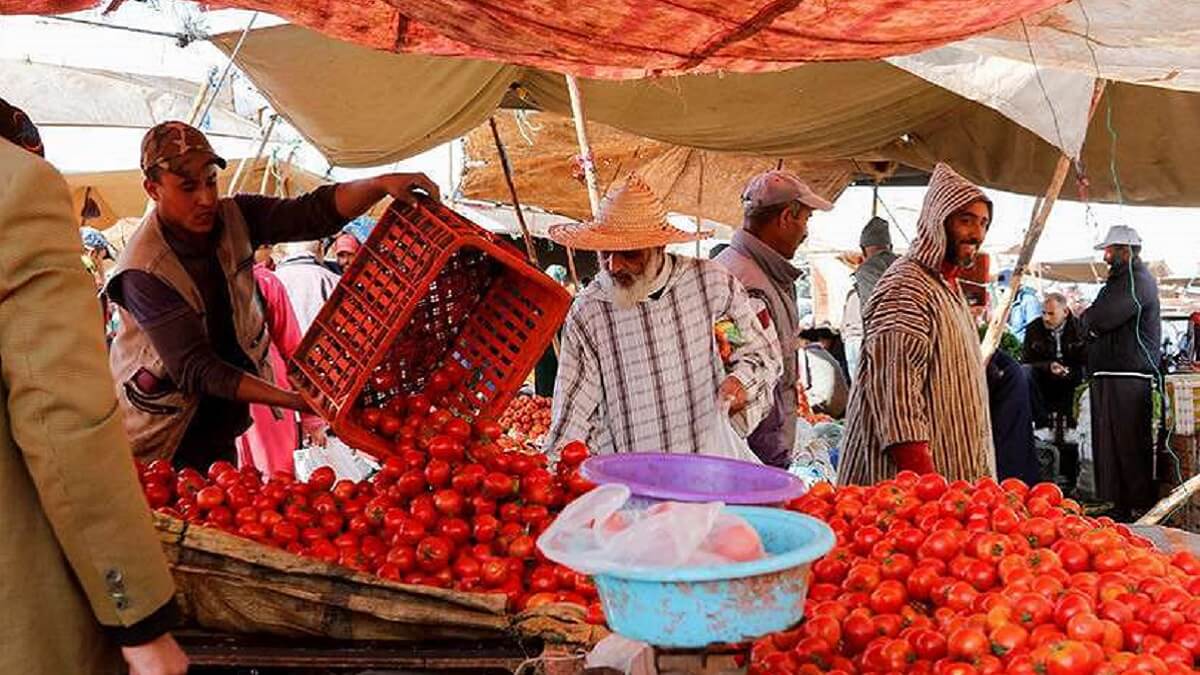
The textile sector saw its exports grow by 20.7% in 2022, thanks to higher exports of ready-made garments. The aeronautical sector, meanwhile, grew by 34.9 % thanks to higher exports in the assembly segment. The electronics and electricity sectors are following the same trend (+38.4 %) thanks to sales of electrical components, wires and cables.
Overall, Morocco's exports are dominated by seven products: natural and chemical fertilisers (18.5 %), passenger cars (12.4 %), wires, cables and other insulated conductors (8.7 %), ready-made garments (6.4 %), phosphoric acid (5.3 %), aircraft parts and other air vehicles (3.2 %) and phosphates (3.1 %). These products accounted for 57.6 % of total exports.
Morocco continues to record a trade deficit
However, Morocco's trade deficit is widening, rising to DH308.8 billion from DH199.2 billion in 2021. Its share of GDP rose from 15.5 % in 2021 to 22.7 % in 2022. The industrial gold sector is the only sector in which the trade balance is in surplus.
The other product groups, such as energy products, capital goods, semi-finished products, raw materials and finished consumer goods, have a trade deficit. In addition, the trade balance in food products is in deficit for the first time since 2014.
Rabat is also recording a trade deficit in its trade by country. With Spain, its leading partner, the trade deficit widened by DH7.8 billion, from DH12.1 billion in 2021 to DH19.9 billion in 2022. This is also the case with China, the United States and Saudi Arabia. However, Morocco has had a trade surplus with France since 2017.

Over 58 % of Moroccan trade is with Europe
58.8 % of Moroccan trade in 2022 are made with Europe, and 84.2 % with European Union countries. The Office des Changes has recorded an increase of 26.1 % compared with 2021, although the weight of this trade in Morocco's total trade will fall from 63.4 % in 2021 to 58.8 % in 2022. By country, the weight of trade is 27.4 % with Spain, 23.1 % with France, 7.7 % with Italy, 7.2 % with Turkey and 6.4 % with Germany.
Outside Europe, Rabat's trade with Asia rose by 59 %. Its share of total trade rose from 18.9 % in 2021 to 22.1 % in 2022. Trade is dominated by China, which accounts for 30 % of total trade with Asia, followed by Saudi Arabia (+180.8 %), India (+59.4 %) and the United Arab Emirates (+47.8 %).
In 2022, Morocco's trade with America rose by 51.2 %, thanks to increased trade with the United States (+58.8%), Argentina (+67.6%) and Trinidad and Tobago (+252.6 %). In Africa, trade continued to grow (+39.9 %), particularly with Egypt, the leading African partner, followed by South Africa, Djibouti, Tunisia and Côte d'Ivoire. Together, these five countries account for almost half of Morocco's trade with Africa (48.1%).
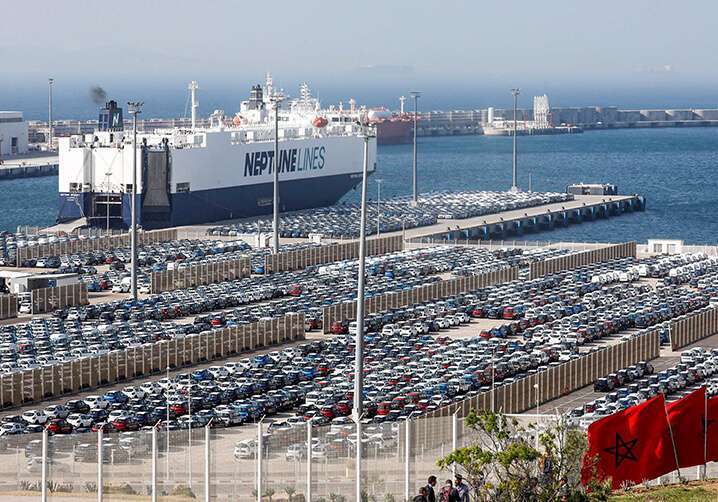
Increase in Morocco's imports under free trade agreements
In 2022, Morocco's imports under free trade agreements increased by 20.9 %. Imports under the agreement with the European Union accounted for 66.6 % of the total, with an increase of 15.1 %. This growth was driven mainly by increased imports from Spain, France, Italy and Germany.
The agreement with the United States came second, accounting for 15.2 % of total imports under free trade agreements. Next, the Agadir Agreement saw an increase of 16 %, mainly involving imports from all the countries that signed the agreement, namely Egypt, Jordan, Lebanon, Morocco, Palestine and Tunisia. Imports from the European Free Trade Association (EFTA) stabilised, after declining by 4.1% in 2021. Lastly, the agreement with Turkey saw a 20.5 % increase in imports.
Meeting information needs
In addition to monitoring the economic situation, this report meets the information needs expressed by public authorities, international bodies and national and foreign economic operators.
The publication of this report, which follows the United Nations methodology (IMTS 2010), is part of the Office des Changes' efforts to provide more information on foreign trade statistics.


